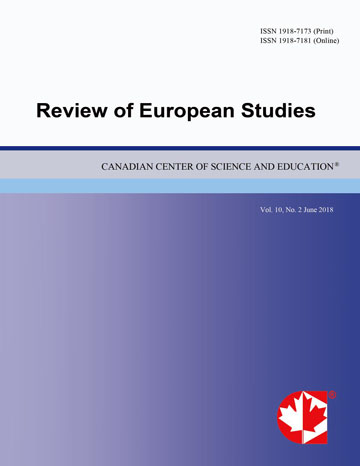Heart Drawing: A New Diagnostic Tool
- Arthur Becker-Weidman
Abstract
This paper presents a methodology for assessing a child’s capacity to identify primary affective states, affect regulation, and affective experiences in a non-threatening manner. The methodology can be used with children from ages three years thru age nineteen years.
Background
A thorough assessment includes an evaluation of a person’s capacity to identify and regulate emotions. Affect regulation requires the capacity to identify internal experiences of emotions. The Heart Drawing was developed as a non-threatening method for assessing a child’s capacity to identify emotions. Most children enjoy drawing and the Heart Drawing is usually experienced by the child as non-threatening and enjoyable.
The Heart Drawing is a new, easy to use, and efficient tool that allows the clinician to assess a child’s affect regulation functioning, affective range, and experience in a non-threatening manner. It can also be used to assess a child’s insightfulness and capacity to identify internal affective experiences.
Method
The child is asked to select colors for the feelings expressive of mad, sad, glad, and scared from a group of nine primary colors. The child is then asked to draw a heart and to fill in the heart with the amount of each feeling that the child usually feels.
Results
Administration and discussion usually takes ten to fifteen minutes.
Conclusion
The article presents examples of drawings by children with various diagnoses and conditions along with a normative drawing for comparison. The methodology has been found to be very helpful in assessing a child’s emotional status and capacity to regulate emotions.
Key Practitioner Message
1) Emotional regulation and the capacity to identify emotions is important for evaluation and treatment.
2) Projective drawing methods can be useful in assessing a person’s ability to identify and regulate emotions.
3) The Heart Drawing is an efficient and effective method for assessing a person’s capacity to identify and regulate emotions.
- Full Text:
 PDF
PDF
- DOI:10.5539/res.v8n2p133
Index
- ACNP
- CNKI Scholar
- DTU Library
- Elektronische Zeitschriftenbibliothek (EZB)
- EuroPub Database
- Excellence in Research for Australia (ERA)
- Genamics JournalSeek
- Google Scholar
- Harvard Library
- HeinOnline
- Infotrieve
- JournalTOCs
- Mir@bel
- Open policy finder
- RePEc
- ResearchGate
- ROAD
- Scilit
- Technische Informationsbibliothek (TIB)
- The Keepers Registry
- Universe Digital Library
- WorldCat
Contact
- Paige DouEditorial Assistant
- res@ccsenet.org
